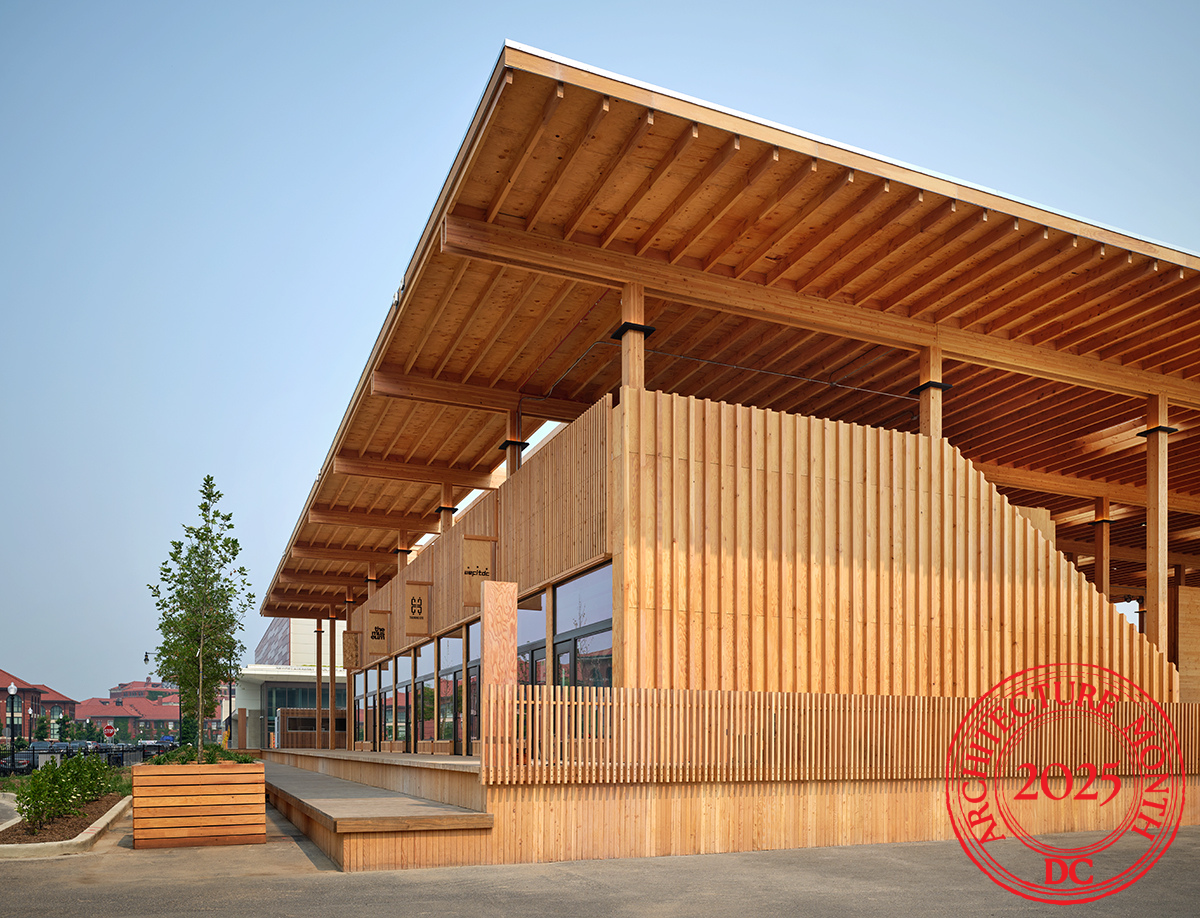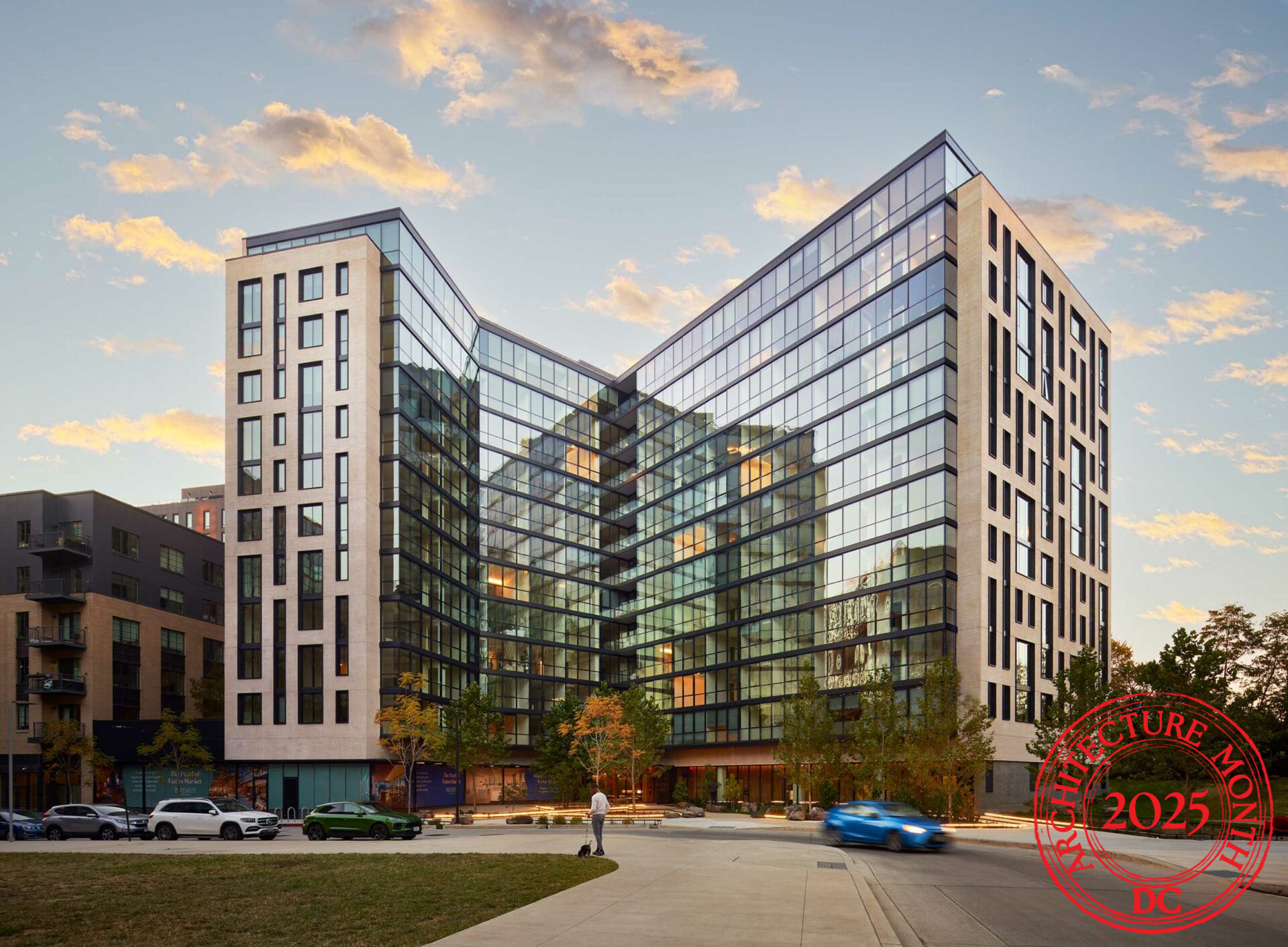-
Date
Wednesday, April 16 2025
-
Time
2:00pm - 3:30pm
-
Location
Tour historic 5 Logan Circle, NW, a 5-story circa 1883 brick residence designed by noted architect Emil Frederich for US Trade Diplomat and noted violin collector Dwight Partello. This tour is led by Bill Bonstra, FAIA, LEED AP, and Penny Karas and will explore the distinctive architectural details of this modernized 2-year renovation full of history and contemporary charm.
The unique floor plan with octagonal rooms features a skylit atrium with a connecting glass and steel bridge that allows daylight into the center of the house and showcases the residence’s original preserved cherry millwork, heart pine floors, and a restored three-story hand-carved cherry stair. Meander through the two-story main residence and three accessory dwelling units that provide market-rate housing and short-term lodging to the historic neighborhood. The historic townhome features original violin images and period drawings from notable architects in its stylings, original German leaded glass windows and skylights, 9-foot-tall pocket doors, and 9 original fireplaces. This project is a contributing resource to the Logan Circle Historic District, which was added to the National Register of Historic Places in 1972.
Learning Objectives:
- Discuss the history of L’Enfant’s Plan for Washington, DC, Logan Circle, and notable architect Emil Frederich.
- Discover opportunities for implementing accessory dwelling units into single-family and historic residences in the Nation’s Capital.
- Understand the process of applying for and receiving historic tax credits, as well as the challenges of preserving historic buildings.
- Discover unique ways to strengthen historic contexts through modern design with the challenges faced by the design team.
Presented by:
Bill Bonstra, FAIA, LEED AP, Partner, Bonstra | Haresign ARCHITECTS










